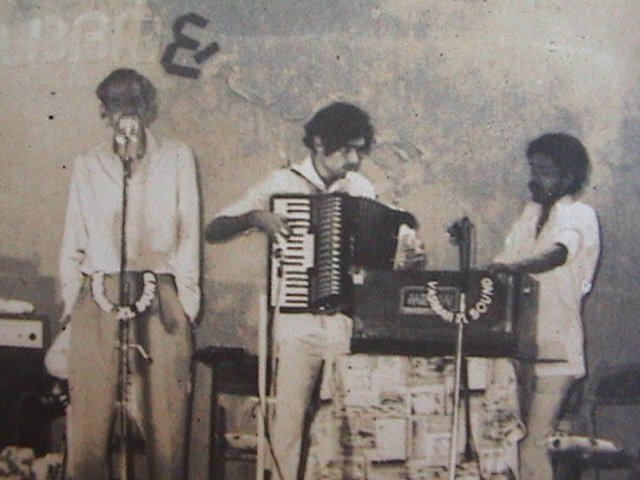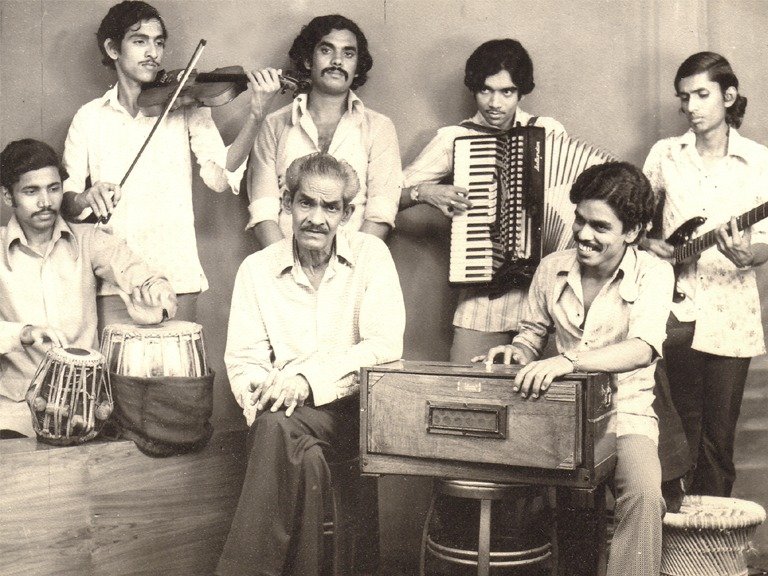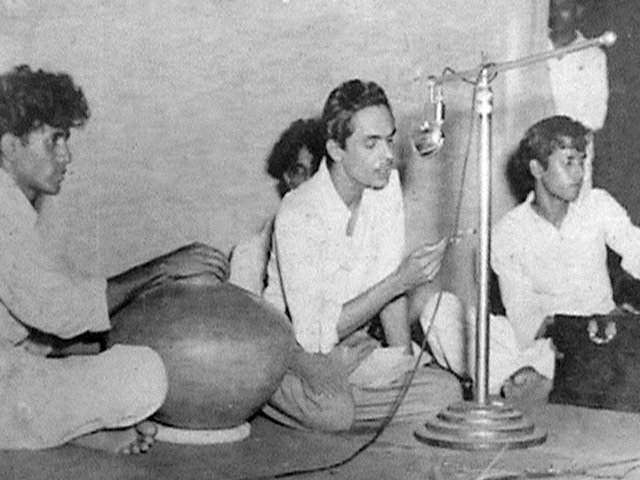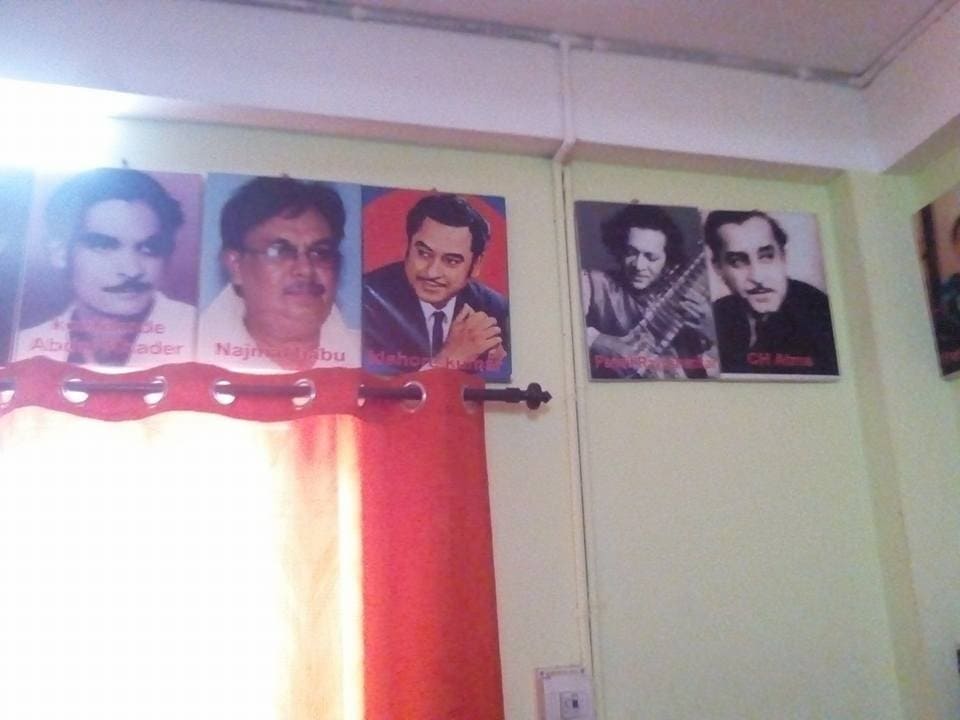The city of Kozhikode has a long history of music festivities. There is a vibrant community of music lovers here who enjoy all kinds of music from Hindustani classical to theatrical songs. The salient features of this community include its members’ interest in divergent types of music and songs. Music clubs became popular in Kozhikode at the beginning of the twentieth century. During the evenings, music and drama were performed on the empty upper floors in the commercial buildings while the shops functioned downstairs. The main centres of the clubs were in the south areas like Kuttichira, Parappil, Kundungal, Thekkumthala, Idiyangara and Haluwa Bazaar are included in this region. These bestowed the cultural impetus for the city.
Trade activities in Kozhikode are concentrated at SM Street, Silk Street and Big Bazar and in those places, the trade ends at two in the afternoon. Then there is this gathering of those who are interested in music as the city provided the music lovers with plenty of time and opportunities to enjoy music. Concerts in Kozhikode were a thing when other cities in Kerala have rarely discovered the idea of concerts and gatherings, hence the city was awake for a long night life.
Clubs began to appear as early as in the 1920s. The most popular among the music clubs included Brothers Music Club, founded by Constable Kunju Mohammad and dramatist KT Mohammad. Salt Muhammed Koya’s Everest Music Club, Postman Syed Bhai’s Evening Club, Chembukandi Hassan Bhai’s Hindustan Club and Archie Hutton’s Hutton’s Orchestra. The Brothers Music Club and the Hutton’s Orchestra held friendly competitions called Music Evening at the YMCA. When the two clubs contested against each other, fans were left confused because they had to choose one. Every year these clubs held concerts at the town hall.

The clubs invited not only local singers but also singers from North India. Their concerts were well attended. It was a good learning experience for the local singers. Among those sitting on the grass mat listening to music which included people from all walks of life such as labourers, goldsmiths, writers, coolies, theatre workers and businessmen. The boundary lines between labourers and employers disappeared among the venues of musical programmes.
The night Mehfils of Kozhikode were called the ‘darbar’ of the common people. The sound of the harmonium and the rhythm of the tabla and the smoke from the beedi filled the air. They wowed the audience with their superb singing and it brought out hysterical cries from the enthusiasts.


The music clubs of Kozhikode were instrumental in nurturing the musical talents of many singers from the city in those days. M S Baburaj, noted music director of Malayalam film industry of the 1950s and 1960s, Kozhikode Abdul Khader, Playback singer of 1950s, Nallalam Beeran and SM Koya (both Mappilapattu singers) are some of the prominent singers who have grown up through the clubs. The tabla and harmonium were the most important musical instruments in Clubs. There were also Sitar, Sarangi and Dilrupa brought in by musicians who came from outside Kerala. Among the tablists were Abu Ustad, Bichamu, Lawrence and Usman, Nohan on the violin, Vincent’s Master and S M Koya on the harmonium also performed with their magical talent . Every club had such instruments and small stages for singing.
The singers came from Mangalore, Mumbai and Kolkata. Their expenses were borne by wealthy merchants who had a strong passion for music. Jan Mohammad from Kolkata, Mangeshkar Rao from Mangalore and Sarath Chandra Marata from Mumbai reached Kozhikode. The merchants of that time who loved the art sincerely provided all the facilities for the singers. Many settled in Kozhikode due to good accommodation, good food and good manners. The Mehfil culture of Kozhikode started from them

During this time many famous North Indian singers used to come to Kozhikode in search of clubs. At least one person a month came to the city. Shyamji Sunderlal was an eminent businessman who took care of North Indian singers whenever they appeared in the narrow streets of Kozhikode. He used to invite all the club singers to his home concert. During the concert in the light of Petrol Max, there will be Sulaimani and Kochikoya dessert (a special dessert made by mixing rice flakes, coconut and jaggery). When duets were sung, the male voices were sung by the female voice. C A Aboobacker, a popular singer, made his debut as a female voice in the club. Singers are able to dedicate themselves to the song with the enthusiasm and interest of the admirers who sit on the grass mat holding the rhythm on their lap. Singers returning home with satisfaction and hands full of money were the eternal sights of the day. Ustad Sadaqatullah, Bangalore Abdul Razak, Gul Mohammad, and Jan Mohammad sang ghazals, qawwalis and thumris. In those days these clubs bathed in light and sound during the whole night. It was followed by the debut of many Malayalee singers. Vellayil Ayamottika, Nallalam Beeran, SM Koya and Ustad Mammu sang in the club which lasted till dawn.

Clubs began to decline in the 1980s. With the rise of Gulf immigration, tape recordings came to most homes, making music enjoyment a personal experience. It significantly affected the music community led by the clubs. Over time, these clubs later became carrom clubs and tuition centres. Four decades later, we have come to an era where it is more convenient to collect as many songs as you like on each person’s mobile phone and computer and listen to them over and over again. During the old days, singers who used to sit and sing in clubs were only interested in entertaining the audience, but today they are reduced to the sole aim of making money. If in the days of clubs the singers used to sit and sing among the people, today the singer would sit and sing within the distance of a decorated stage. The distance between the singer and the listener has increased drastically. In today’s times we can see singers sharing their screen image just like film actors. It seems that singers’ lives are in a mysterious world inaccessible to the common man. Music lovers look in amazement and despair at the change that has taken place over the past four or five decades from the time they spent drinking tea with the singer and enjoy music sitting beside them.











